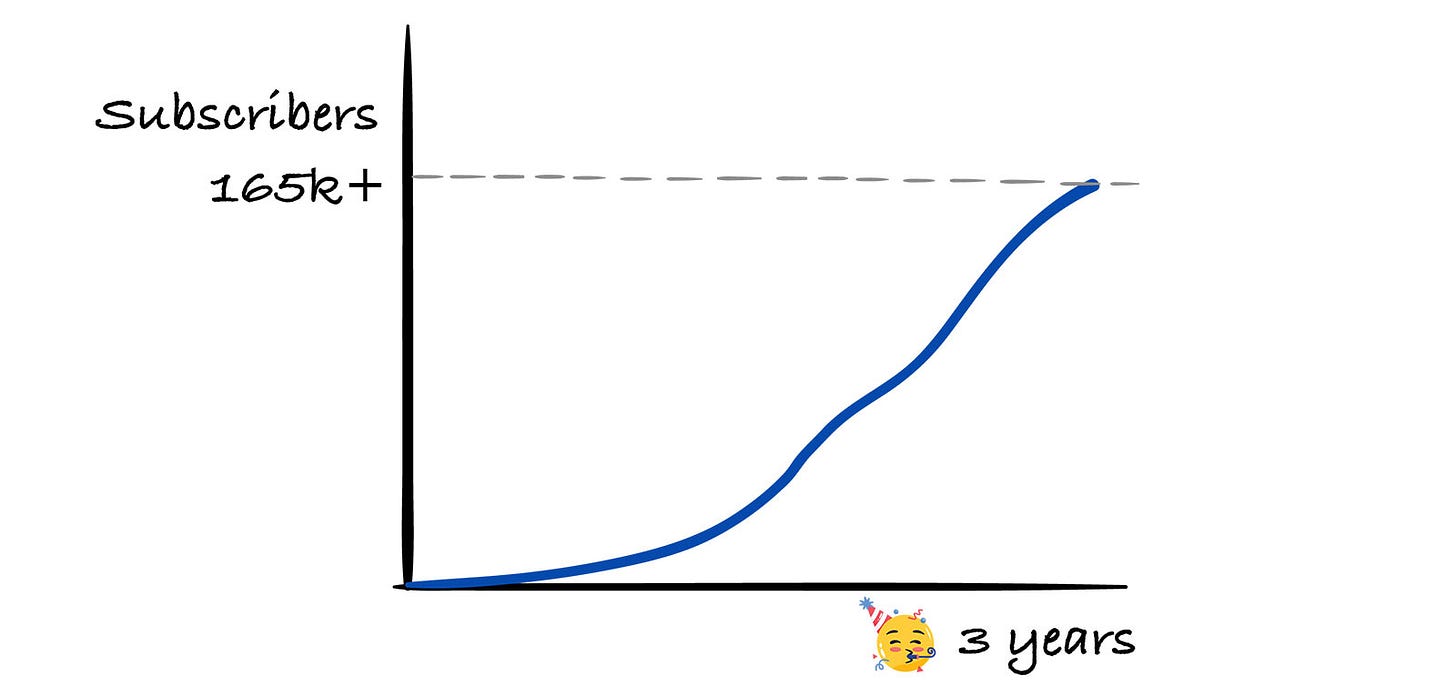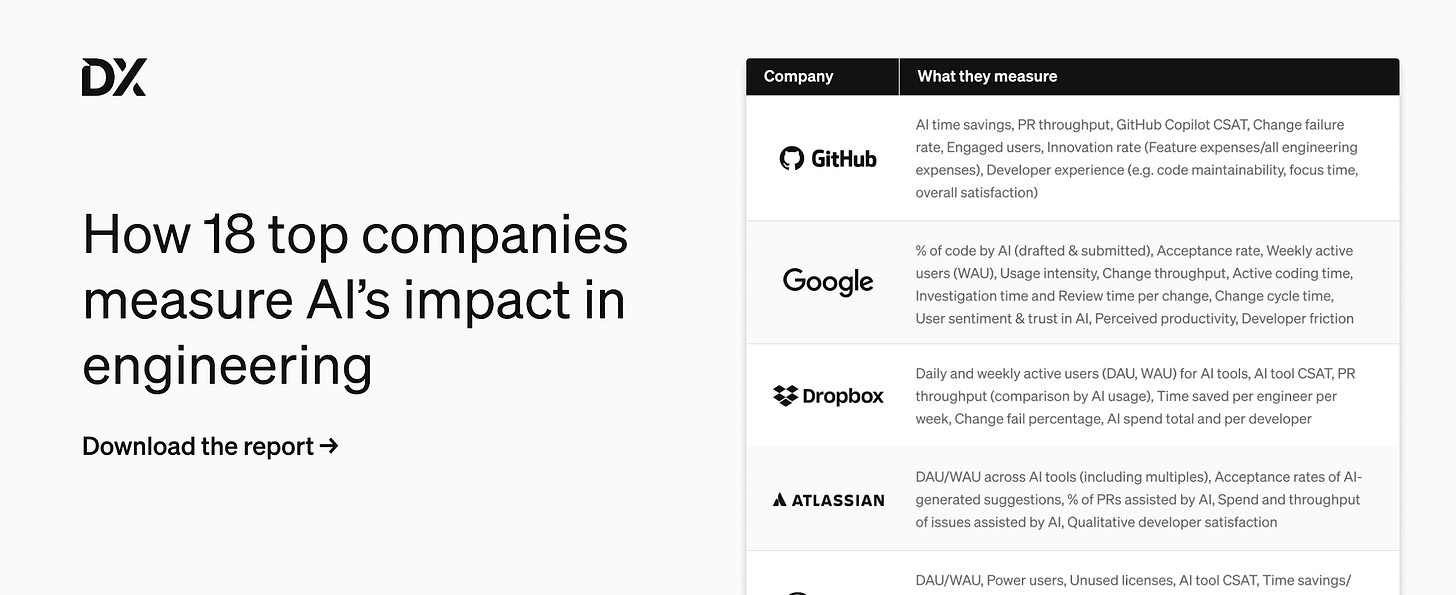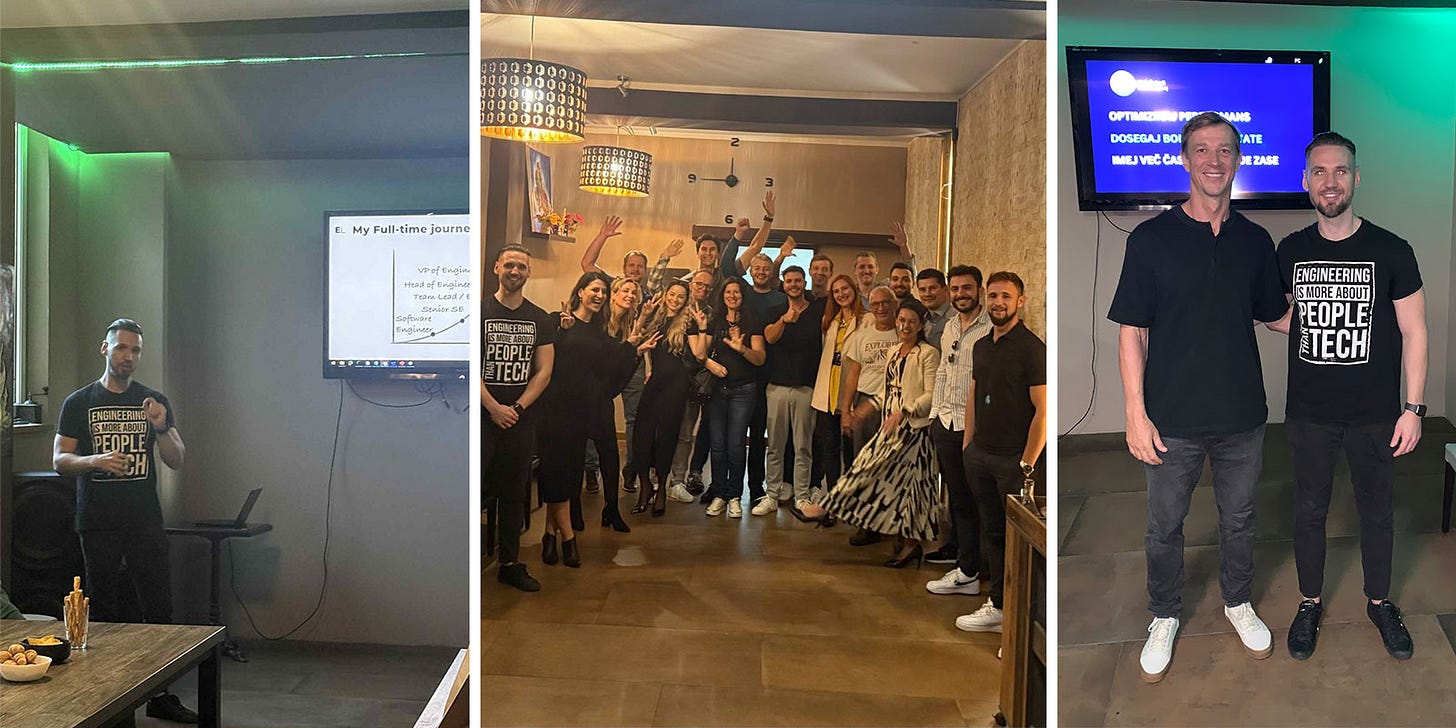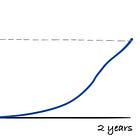Amazing 3 Years of Writing the Engineering Leadership Newsletter 🥳 🎉
Overview of the 3-year journey and goal for the newsletter in the future!
This week’s newsletter is sponsored by DX.
How 18 Top Companies Measure AI’s Impact on Engineering
Written by Laura Tacho, CTO at DX, this new industry report explores how 18 engineering organizations—including Dropbox, Microsoft, GitHub, Atlassian, Adyen, Booking.com, and Grammarly—are measuring AI’s impact on software development.
Inside this report, you’ll learn:
Common patterns: Why most companies track speed, quality, and maintainability alongside AI usage.
Unique metrics: A deep dive on Microsoft’s “Bad Developer Days” and Glassdoor’s experimentation measures.
Practical guidance: How to get started with the AI Measurement Framework and guidance for collecting metrics.
Thanks to DX for sponsoring this newsletter, let’s get back to this week’s thought!
Intro
I recently had the pleasure of attending a local meetup, where I shared my 3-year journey with writing online. I had a great time there, and it was great to meet and chat with everyone.
Here are also some of the pictures:
In the current fast-paced world, we rarely take a moment just to realize where we were and where we are right now. So, when I was preparing for the presentation, it felt nostalgic thinking about the 3-year journey.
It’s been an awesome journey so far, and I am really happy to have started it 3 years ago.
Today’s article is a special “3-year anniversary” edition, where I am sharing my 3-year journey of writing online with the focus on the last 1 year!
Visual/Audio Version of the Article
You can watch/listen to the video below, or you can keep reading for the complete overview and insights of today’s topic!
Let me first start with sharing some interesting statistics of the past 3 years of writing the newsletter.
Interesting Statistics of the Past 3 Years of Writing the Newsletter
208 articles (today’s included) → at least 1 article per week. The last 1 year → 2 articles per week.
28 guides, templates, and infographics, 4 new added today:
Notion Template: AI Communication Cheat Sheet
Infographic: Traits For Engineer’s Career Success
Infographic: How to Be Productive
Infographic: How to Be a Reliable Engineer
312k~ words written (about 1500 on average per article, older articles were less, but currently I am aiming for 2000+ per article) - Average engineering book word count is about 60-70k, which is around 5 books!
165k subscribers
1504 paid subscribers
Readers from 195 countries
10,588,562 (10.6M) views → Apart from direct email opens, the biggest sources have been:
Substack
Reddit
LinkedIn
Google
Daily.dev
HackerNews
X
GitHub
Longest article: How to Use AI to Be a Great Engineering Leader
30,075 characters
4,933 words
22M 25S ~ reading time
32M 53S ~ speaking time
Most viewed article: Context-switching - one of the worst productivity killers in the engineering industry
81,668 views
246 shares
Most shared article: 200+ Resources to Become a Great Engineering Leader in 2025
71,878 views
264 shares
Now, let’s get more into the progression over the 3 years of writing the newsletter.
Starting the Newsletter + First 2 Years
You can read the full insights on how I started the newsletter + my progression over the first 2 years here:
Here is a quick TLDR:
How I picked the topic
There weren’t a lot of engineering leadership resources when I first grew from Senior Software Engineer to Team Lead. I made a lot of mistakes and was struggling with the transition.
After many mistakes and some wins, I started to get the hang of it. But if I had resources like the ones that I am writing, the transition would be much easier.
And that is the goal → help as many engineers and managers to become great engineering leaders.
A lot of articles are written in a way that my past self would get a lot of value from!
0 - 6 months (0 - 200~ subscribers)
I was just sending out the newsletter, and that’s it. I didn’t really take the time to promote it and make it visible. But I kept being consistent and persevered.
6 - 12 months (200 - 15.000 subscribers)
I started building good relationships with people who are on a similar path to me. We have supported and helped each other. This has substantially helped all of us to progress and learn faster.
I moved from being a lone wolf → to a collaborator and being helpful to others around me.
I started to also post daily on LinkedIn, which has helped me increase the reach and visibility of the newsletter as well.
12 - 18 months (15.000 - 50.000 subscribers)
This was the stage where I saw amazing growth, which confirmed that I was onto something here and gave me the confidence to keep moving forward and progressing + keep making things better and better.
18 - 24 months (50.000 - 77.000 subscribers)
I started to really get a hang of the process and my writing style + have built the consistency that I have confidence that will never go away.
I have been truly enjoying writing, and it’s something I see doing for a VERY long time.
From Year 2 to 3 (today)
Now, let’s focus on how things are going from year 2 to today.
As I have mentioned in the 2-year anniversary article, I have started with 2 articles per week. Paid newsletter article on Wednesday and an article for everyone on Sunday.
I’ve been continuously sending them out for the past year, and well… It’s been one of the best decisions I’ve made!
Here is why:
We’ve been able to grow from around 77k subscribers to 165k, which is a 2.14x increase.
We’ve been able to grow from 628 paid subscribers to 1504, which is a 2.39x increase.
And we’ve been able to grow from 43.3k ARR (Annual recurring revenue) to 121.3k, which is a 2.8x increase.
Now, that all sounds great and it’s really awesome and I’m REALLY proud of it, but let’s get into the real world.







